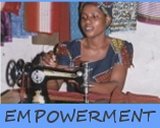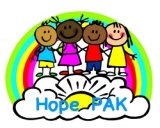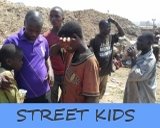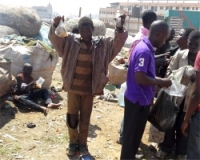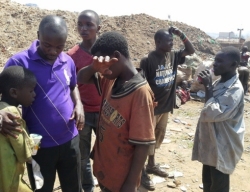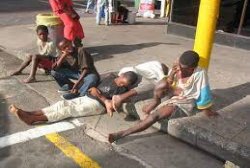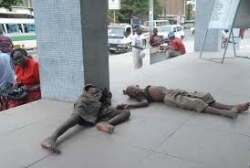Project Hope
HopePAK
Hope Child Care Centre
Humanitarian Arm
Grow and Go Curriculum
Drop of Hope BioSand Filters

|
|
home >>hopepak >> street children >> kampala uganda
Street children in Kampala
|
Over half of all Ugandans are under 15, and children are
the single largest demographic group living in poverty.
According to independent groups, local government officials,
and police officers from the Child and Family Protection Unit
(CFPU), the number of Ugandan children living on the streets
is increasing, though the total number is not known.
|
|
Homeless children also are
at risk of beatings and forced drug use from older homeless
children or adults. Both boys and girls living on the street
reported being raped or sexually assaulted by men and older
street boys. In some instances, community members also harass,
threaten, beat, and exploit street children. |
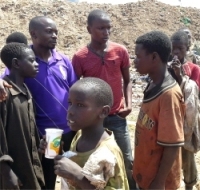
|
|
To find food to survive, children reported working as vendors,
porters, domestic help, or laborers in homes, small restaurants,
and other businesses. They were paid little for long hours
of physically demanding and difficult work. Some children
were victims of commercial sexual exploitation, reliant on
sex work to survive.
Information sourced www.hrw.org
|
|
|
| |
|
|
|
CLICK
to learn more about the 250,000-300,000 street children in Kenya, around half of them aged between eleven to fifteen years old. Alarmingly, children below the age of five constitute 7% of the known total. |
|
|
CLICK
to learn more about the six million
children aged 0-14 years who live below the basic needs poverty
line, and approximately 2.8 million children fall below the
food poverty line (HBS, 2008) in Tanzania. |
SOWING SEEDS OF SUCCESS - MORINGA CURRICULUM
|
|
|

